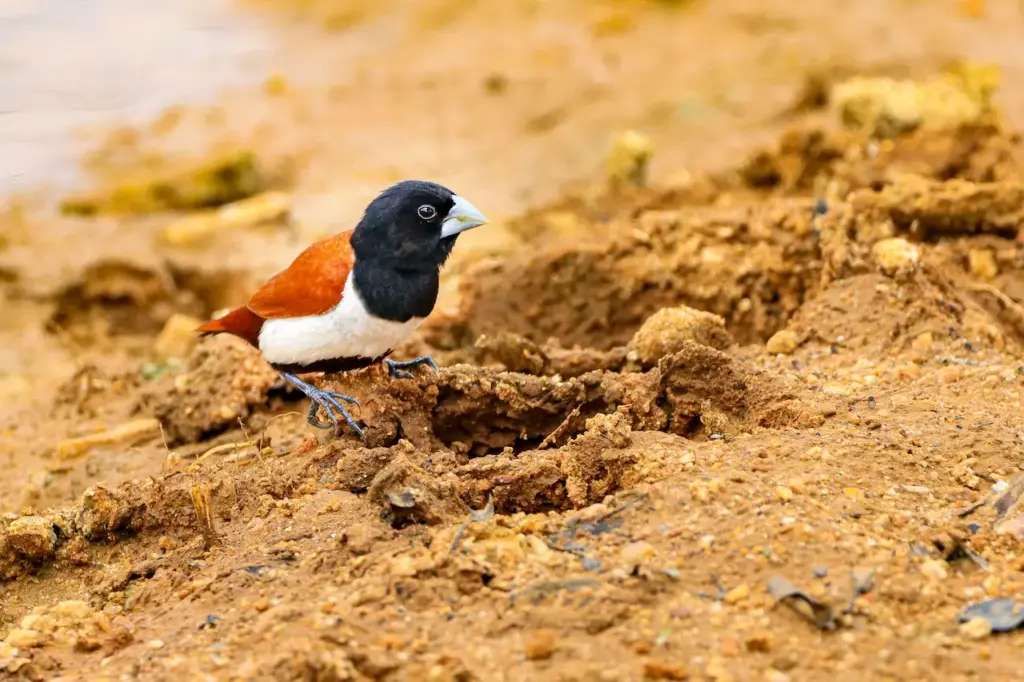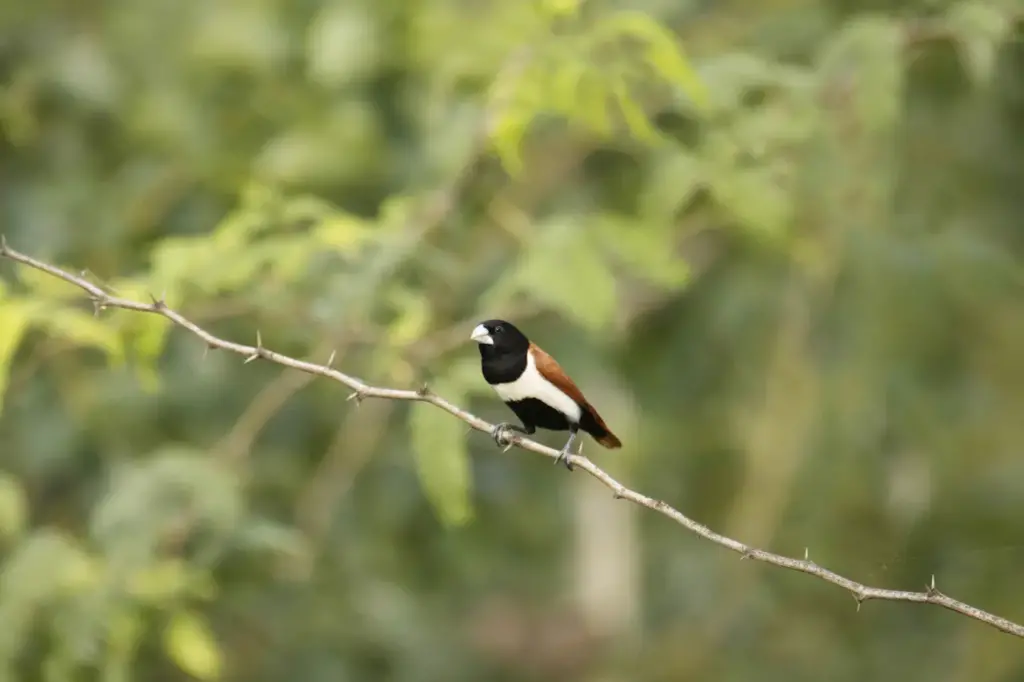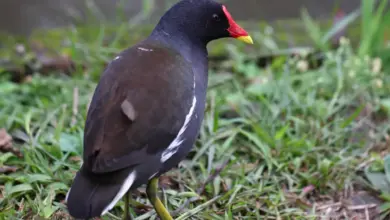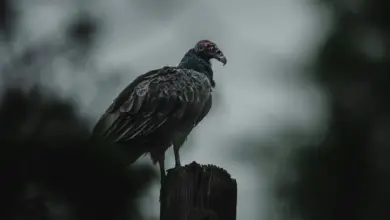The Tricolored Munias (Lonchura malacca) are finches found in India and Sri Lanka.
They were also introduced to Australia, Cuba, Hispaniola, Jamaica, Japan, Portugal, Puerto Rico, Hawaii and Venezuela.
[ez-toc]

Habitat
They inhabit wet grassland habitats, and may also inhabittropical lowland moist forest habitats.

Habitat
They mostly feed on grain and other seeds.
Please Note: The articles or images on this page are the sole property of the authors or photographers. Please contact them directly with respect to any copyright or licensing questions. Thank you.



